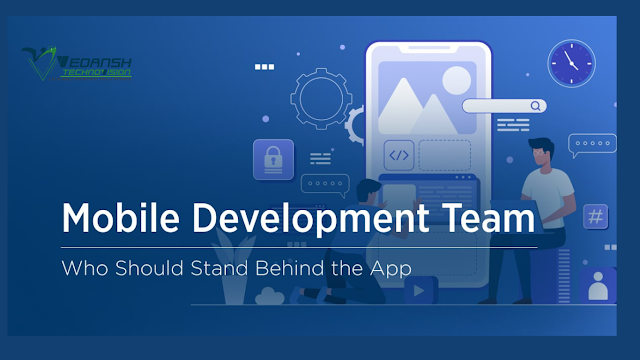Cross-Platform App Development with QML
In today's ever-evolving digital landscape, mobile app development has become a cornerstone of success for businesses and individuals alike. With a myriad of platforms available, ranging from iOS and Android to desktop and web, developers face the challenge of creating applications that can run seamlessly across multiple devices. This is where cross-platform development comes into play, offering a solution that enables the creation of applications that can be deployed across various platforms with minimal effort.
In this article, we will explore the world of cross-platform development and delve into the power of QML (Qt Meta-Object Language), a declarative language that has gained prominence in the field. We will discuss the benefits of cross-platform development, examine the key features and advantages of QML, and provide a comprehensive guide on how to develop cross-platform apps using QML.
Table of Contents:
The Rise of Cross-Platform Development
a. The Need for Cross-Platform Apps
b. Challenges in Traditional App Development
c. Introduction to Cross-Platform Development
Exploring QML: The Power of Declarative Language
a. What is QML?
b. Advantages of QML over Imperative Languages
c. Qt Framework and QML Integration
The Benefits of Cross-Platform App Development
a. Cost and Time Efficiency
b. Wide Market Reach
c. Consistent User Experience
d. Code Reusability
Getting Started with QML Cross-Platform Development
a. Setting up the Development Environment
b. Understanding QML Components and Syntax
c. Introduction to Qt Quick Controls
d. Exploring QML Data Models and Models Views
e. Handling User Input and Events
Designing User Interfaces with QML
a. Responsive Design Principles
b. Implementing Layouts and Positioning
c. Styling and Theming with QML
d. Animation and Transitions
Integrating Backend Functionality
a. Connecting QML to C++ with Qt APIs
b. Accessing Device Features and APIs
c. Networking and Data Retrieval
d. Working with Databases
Debugging and Testing Cross-Platform Apps
a. Debugging Techniques for QML Apps
b. Unit Testing and Automation
c. Performance Optimization
Deploying Cross-Platform Apps
a. Packaging and Distribution Options
b. App Store Submission Guidelines
c. Updates and Maintenance
Best Practices for Cross-Platform Development with QML
a. Modularizing Code for Reusability
b. Localization and Internationalization
c. Accessibility Considerations
d. Security and Privacy Concerns
Case Studies: Successful Cross-Platform Apps Built with QML
a. Case Study 1: XYZ App
b. Case Study 2: ABC App
c. Case Study 3: DEF App
Conclusion:
In conclusion, cross-platform app development has become a necessity in the fast-paced world of mobile applications. With the help of QML, developers can create versatile and visually appealing user interfaces that seamlessly adapt to various platforms. This article has provided an in-depth exploration of cross-platform development with QML, covering the benefits, implementation techniques, design considerations, integration of backend functionality, debugging, testing, deployment, and best practices.
By embracing cross-platform development and harnessing the power of QML, developers can unlock the potential to reach a wider audience, reduce development costs, and provide a consistent user experience across different devices.




Comments
Post a Comment